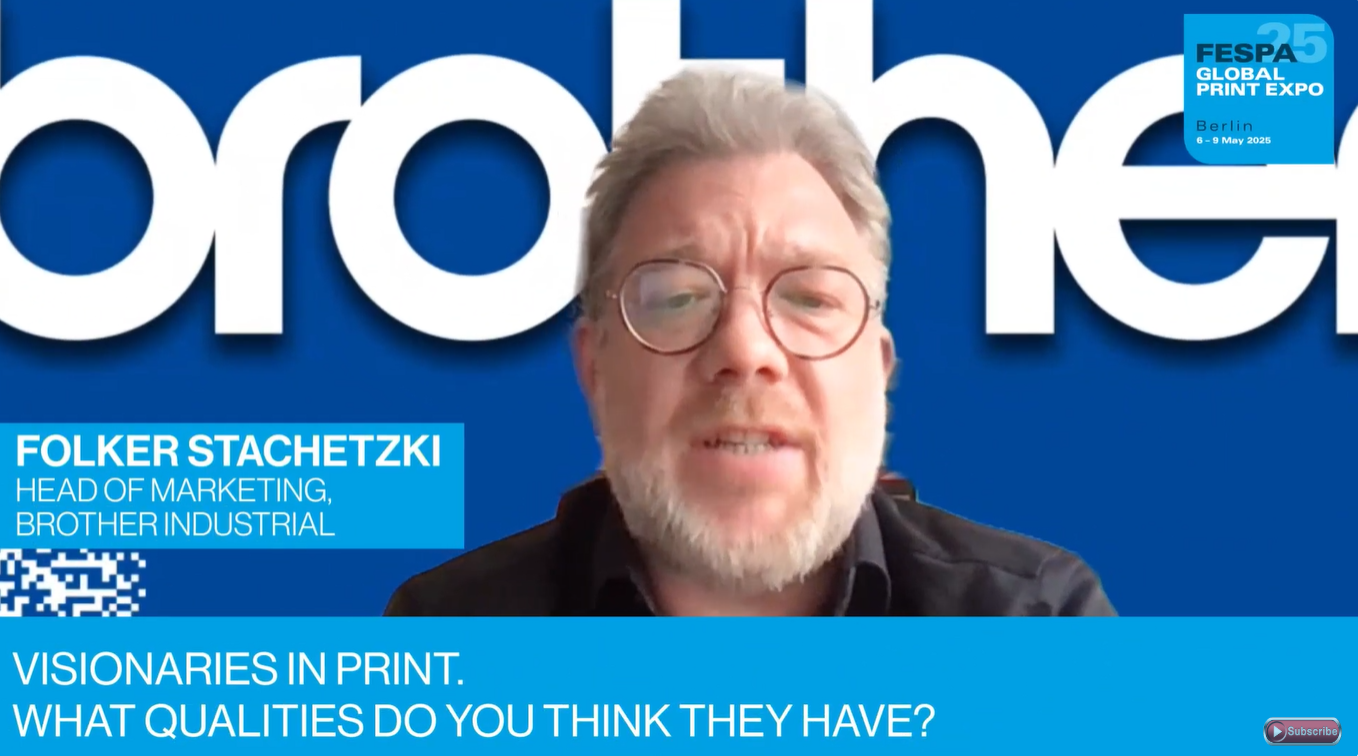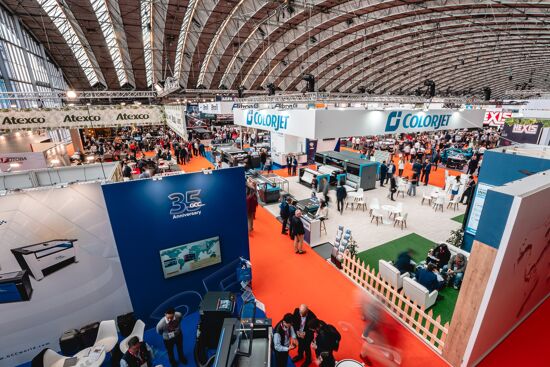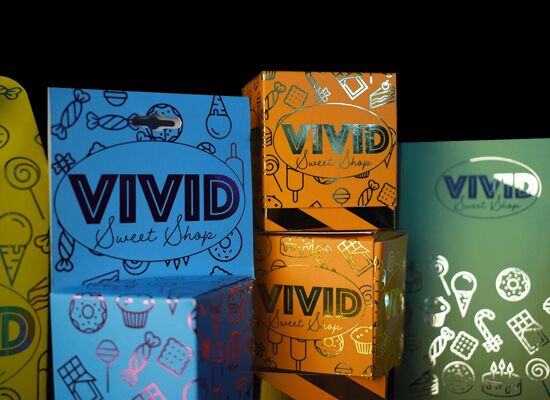Creative Collaboration with AI - How to develop Decorated Apparel design themes part 1

In this first article, Mark Coudray shares how to leverage AI programs to create interesting, commercial brand graphics for advertising, signage, apparel, and promotional products, with a key focus on decorated apparel.
In the rapidly evolving landscape of graphic design, artificial intelligence (AI) has emerged with powerful tools for creators in the specialty graphics industry, albeit with some controversy. This article explores how to leverage AI programs to create compelling commercial brand graphics for advertising, signage, apparel, and promotional products, with a focus on decorated apparel.
We'll explore the current preferred generative tools as of early 2025, address primary challenges, and discuss the importance of maintaining coherence and typographical integrity while navigating the ethical considerations of AI-assisted design.
This article is not meant to be a tutorial on how to generate a finished graphic with an AI program. Rather, it is intended to provide an overview and guidance on how to apply AI principles and practices. It will address concerns on the ethical use of AI for art intended for commercial use.
Preferred Generative Tools for AI-Assisted Design
Here are the most popular and highly rated AI image generation tools as of January 2025, ranked from highest to lowest value: 1 DALL-E 3, 2 Adobe Firefly, 3 Midjourney.
Please note this list does not include all the tools available. The landscape is changing on a weekly basis with new tools as well and new versions of the existing tools. Rankings are subjective and change quickly based as new features, improvements, and user preferences evolve.
Open AI DALL-E 3
- Enhanced Image Quality and Detail. DALL-E 3 produces images with substantially higher quality, clarity, and realism. The level of detail in generated images has improved dramatically, especially in areas like textures, shadows, and complex compositions.
- Better Prompt Understanding. DALL-E 3 is more sensitive to prompt nuances, requiring less user intervention to achieve desired outputs. It can handle more complex and detailed prompts, translating ideas into exceptionally accurate images.
- Reduced Repetition and Artifacts. DALL-E 3 addresses common issues faced by its predecessor, such as repetitive content and image artifacts, particularly in areas like human hands.
- New Styles and Quality Options. DALL-E 3 introduces two new styles: "natural" and "vivid," allowing for more control over the aesthetic of generated images. It also offers a new "quality" parameter to adjust the level of detail and organization in generations.
- Integration with ChatGPT. DALL-E 3 is built natively on ChatGPT, allowing users to use it as a brainstorming partner and refiner of prompts.
Adobe Firefly
Adobe Firefly offers several unique advantages in the AI image generation space.
- Ethical Training and Copyright Compliance. Firefly is trained using only licensed images and public domain content, making it a brand-safe option for commercial design work. This approach helps avoid potential copyright infringement issues.
- Integration with Adobe Ecosystem. Firefly is deeply integrated into Adobe's suite of creative applications, including Photoshop, Illustrator, and Adobe Express, making it easily accessible to existing Adobe users.
- User-Friendly Interface. Firefly boasts an intuitive and well-designed user interface, often considered superior to other AI image generation tools.
- Customization for Enterprises. Adobe offers Firefly Services, allowing enterprises to train custom AI models based on their intellectual property, facilitating brand consistency in large-scale campaigns.
- Diverse Image Manipulation Features. Firefly offers features like generative recolor, text effects, and sketch-to-image conversions, catering specifically to the needs of professional designers.
- Transparency and Attribution. Firefly tags generated images with Content Authenticity Initiative metadata, providing attribution for content used in the image's creation and indicating AI involvement.
- Flexible Output Options. Firefly offers various aspect ratios and image sizes, providing more flexibility for different use cases like vertical images for mobile content or horizontal images for landscapes.
Midjourney Version 6.1
Released in late 2024, the most current and advanced version of this popular AI image generation tool. As AI technology continues to evolve, Midjourney, consistently pushes the boundaries of what's possible in digital art creation.
- Enhanced Image Quality and Realism. V6.1 pushes the boundaries of image quality and realism. Users report significantly sharper images with improved detail, especially in areas that previously posed challenges such as human hands and faces. The enhanced aesthetic system produces more coherent and visually appealing results across various styles and subjects.
- Improved Prompt Coherence. Most notable advancements are the superior ability to interpret and execute complex prompts. This means a deeper understanding of nuanced descriptions, resulting in outputs more accurately reflecting users' intentions. This improvement is particularly evident in scenarios involving multiple subjects or intricate scenes.
- Advanced Stylization Options. The "--stylize" parameter has been further refined, offering users greater control over the artistic interpretation of their prompts. The range now extends from 0 to 1000, with 100 as the default setting, allowing for subtle adjustments or dramatic stylistic shifts.
- Zoom and Outpainting Capabilities. Building on the zoom feature of earlier versions, Midjourney has perfected the ability to expand images beyond their original boundaries. This is called outpainting. This functionality enables users to create expansive scenes or reveal more of a generated image's environment with remarkable coherence.
- Personalization and Custom Models. A new feature is the introduction of personalisation options. Users can now create custom versions of the model tailored to specific styles or characters. This feature is particularly valuable for artists and designers working on cohesive projects or brand identities.
- Image Editor Internally. Now incorporates a robust image editor directly within Midjourney. This tool allows users to make detailed adjustments to generated images, including background removal, object manipulation, and color corrections. This can streamline the workflow by reducing the need for external editing software.
- Enhanced Variation Modes. The variation system has been refined to offer more nuanced control over output. Users can now choose between high and low variation modes, with the high variation mode producing more varied results while maintaining the essence of the original prompt.
- Improved User Interface and Accessibility. There have been significant strides in user experience. The interface now includes shortcuts and a more intuitive layout, making it easier for both novices and experienced users to navigate the platform and access its advanced features.
- Ethical Considerations and Copyright Compliance. Midjourney continues it's commitment to ethical AI use. Stronger safeguards have been implemented against the generation of inappropriate or copyrighted content, and provides guideline clarity for commercial usage of generated images.
This has been a summary of the best available AI art applications as of January 2025. This list is constantly changing and the apps are constantly improving. It is becoming easier and easier to obtain very good art generation from these softwares.
With ease and speed come other considerations. In Part Two of this article I will explore some of the technical issues involving typography and the integration of typography in to final art. I will also consider the raging controversy around the ethical use of AI and whether it infringes on the intellectual property of other artists. There is also still considerable controversy around the ability to copywrite protect AI generated images.
To discover the latest content that covers a wide range of sectors including AI and garment decoration sign up for FESPA’s free monthly newsletter FESPA World available in English, Spanish and German.
Topics
Interested in joining our community?
Enquire today about joining your local FESPA Association or FESPA Direct
Recent news
.png?width=550)
What qualities should visionaries in print have? With Folker Stachetzki from Brother
We speak to Folker Stachetzki, Head of Marketing at Brother about visionaries in print.

Bolstering personalisation by combining print and digital technology
Using printed material in combination with digital technologies offers more opportunities to those offering personalisation to customers. Rob Fletcher shares some recent examples of the print and digital working together to enhance the impact of personalised pieces.

European Sign Expo to highlight developments shaping the future of signage and visual communications
European Sign Expo 2025 (6 – 9 May, Messe Berlin, Germany) is weeks away and a host of leading exhibitors are all set to welcome Visionaries from across the signage and visual communications industries to their stands.
